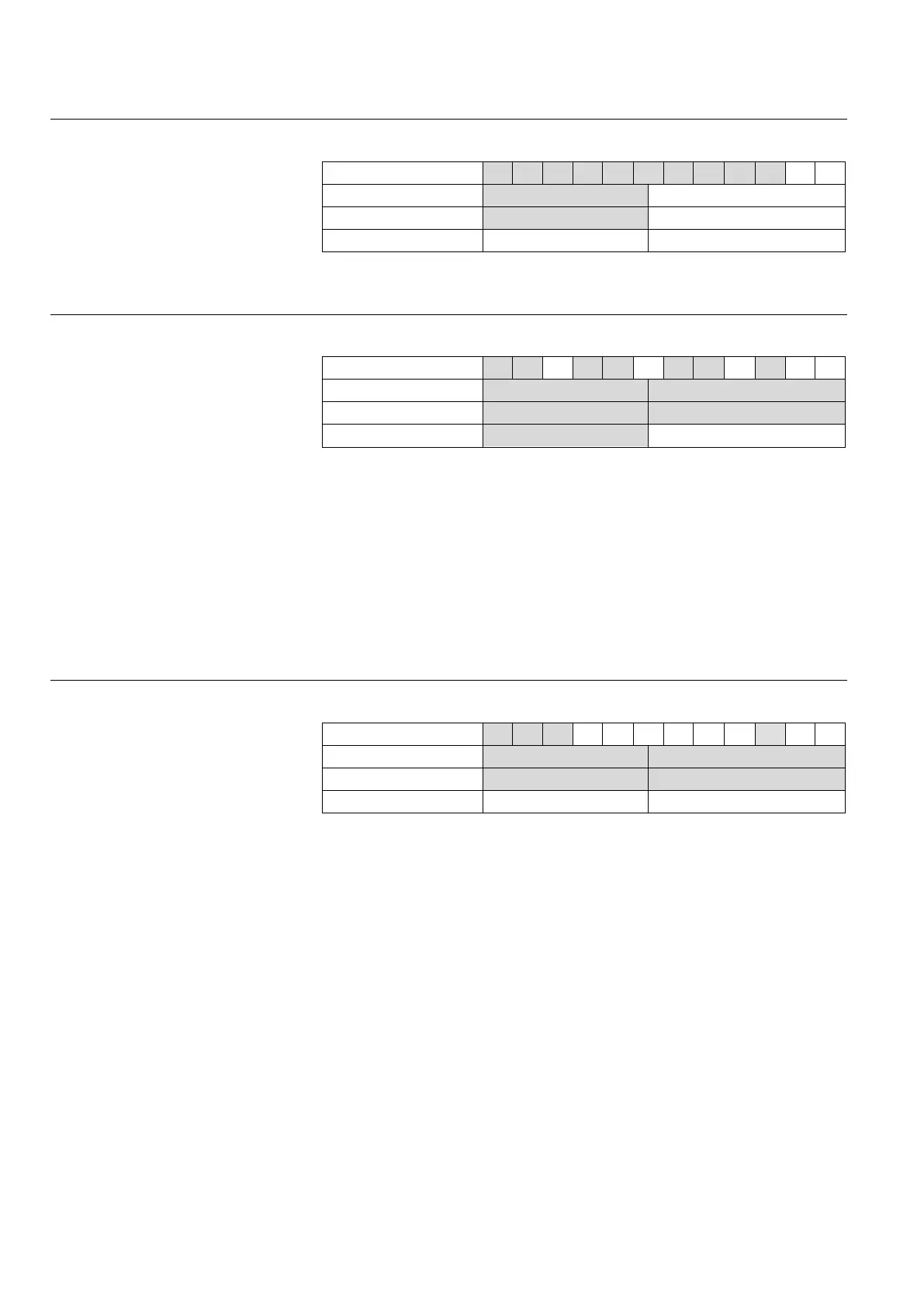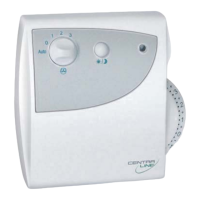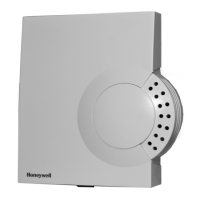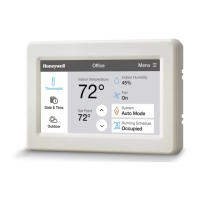FALCON USER GUIDE
EN2Z-0962GE51 R0715 60
Last Transition
Datapoint Type AI AO AV BI BO
BV MI MO
MV
PC RI RO
HTML Interface CARE
Editing -
Shows the date when the last transition was performed.
LON Point
AI AO AV BI BO
BV MI MO
MV
PC RI RO
User Interface HTML Interface CARE
- x
Direction
Defines in CARE if the datapoint should be mapped to a NV.
Input points can only be mapped to input NVs and output points can only be
mapped to output NVs.
NOTE: If an output point is defined as "with switches", CARE will automatically
map an input NV to that output point. The input NV will be used for sending
the manual switch state a value from the I/O-board to the Excel Web
controller. The value of the manual switch is reflected at priority 1 in the
priority array of the datapoint.
See also "Direction" section
Low Limit Enable
AI AO AV BI BO
BV MI MO
MV
PC RI RO
User Interface HTML Interface CARE
x x
Equivalent
The Low Limit Enable property defines the low limit for the creation of alarms of
analog points. The following conditions must be true for the system to generate an
alarm:
• The present value falls below the low limit and this condition remains present for
at least the defined alarm delay (time)
• Transition events ´To-OffNormal` and ´To-Normal`are enabled
• Notification class (urgent, high or low) is allocated to this point
• Notify type is set to ´Alarm` (not ´Event`)
If all of these conditions are true, then an alarm of event type ´To-Off-Normal` is set
off.
The Low Limit can be predefined in CARE and changed in the Excel Web HTML
Interface later.
NOTE:
According to the BACnet standard, disabling the Low Limit only disables the
reporting of the Low Limit Alarm onto the BACnet bus.
When the Low Limit is exceeded, the datapoint will still be "in Alarm", and if a
BACnet front-end is polling the alarms of a BACnet controller, also datapoints with
Low Limit disabled will be displayed on the BACnet front-end as being “in Alarm”.

